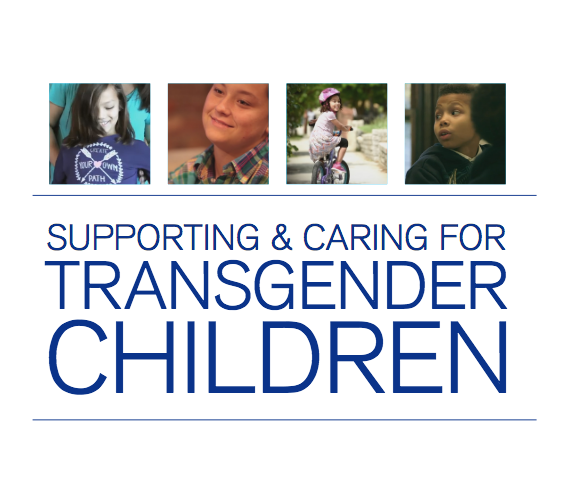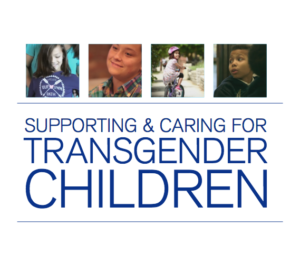LGBTQ Teens & Depression [presentation] [video]
During this teen friendly session, CHC’s adolescent therapist, Jenna Borrelli, and transgender college/school counselor, Brad Ward look deeply into the issues surrounding gender, sexual orientation and non-binary identification–often leading to higher rates of depression and suicide compared to traditional cisgender teens. Read more ›


 Learning about lesbian, gay, bisexual, transgender, queer, intersex and asexual communities and the issues impacting these communities is a life-long process. The
Learning about lesbian, gay, bisexual, transgender, queer, intersex and asexual communities and the issues impacting these communities is a life-long process. The 
 The American Academy of Pediatrics supports policies that are gender-affirming for children – an approach that is supported by other key professional organizations.
The American Academy of Pediatrics supports policies that are gender-affirming for children – an approach that is supported by other key professional organizations. 
 So your child just came out as lesbian, gay, bisexual or transgender. What do you do?
So your child just came out as lesbian, gay, bisexual or transgender. What do you do? 
 Parenting a teen is not easy. Many outside influences distract our youth and add challenges to parenting efforts. Youth need adults who are there for them—people who connect with them, communicate with them, spend time with them, and show a genuine interest in them.
Parenting a teen is not easy. Many outside influences distract our youth and add challenges to parenting efforts. Youth need adults who are there for them—people who connect with them, communicate with them, spend time with them, and show a genuine interest in them. 

